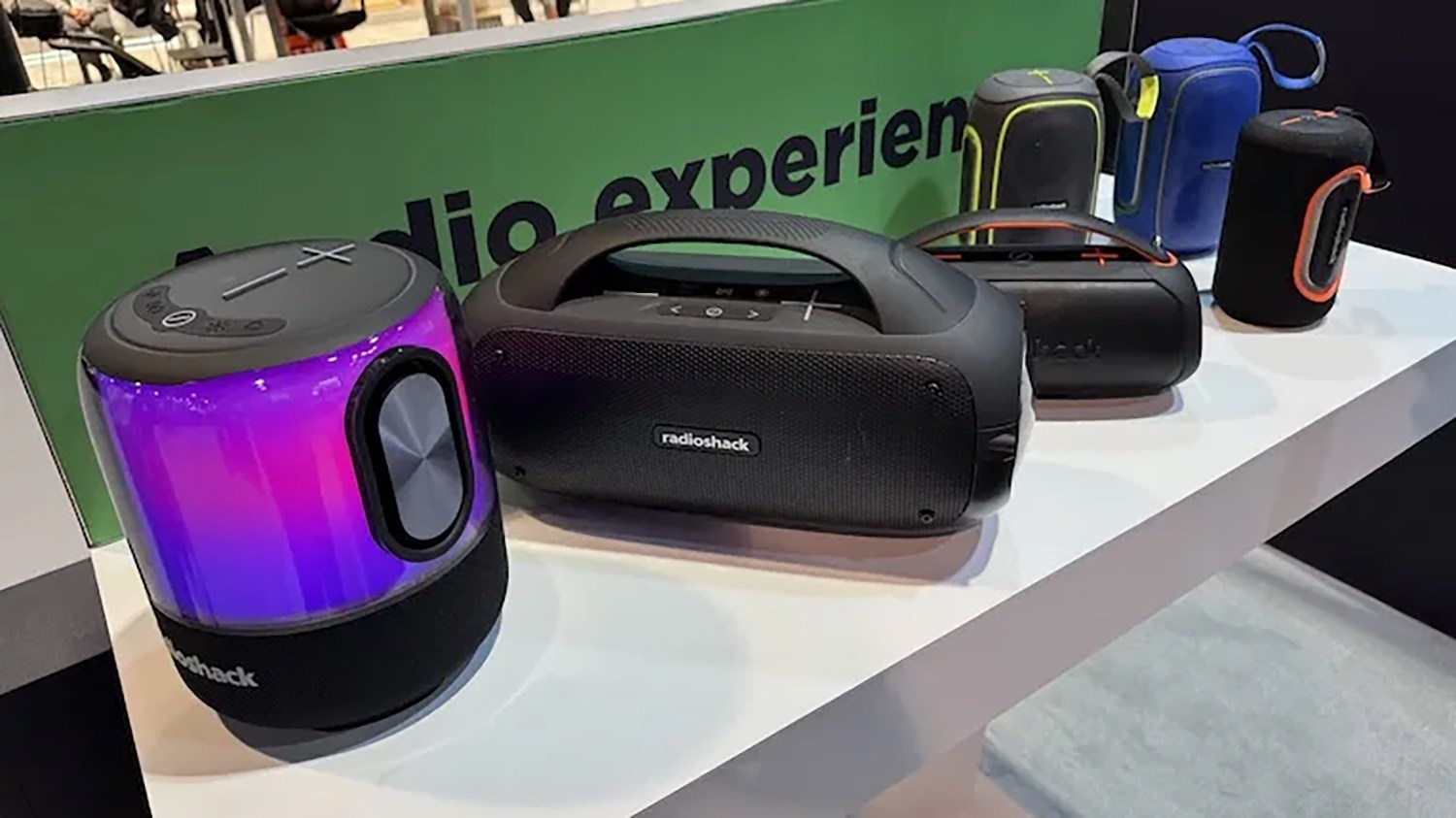Nine-year-old Lucio Haldeman squirmed in his chair, his eyes darting from the math program on his Chromebook to the schedule at the front of Ms. Esquibel’s 4th grade classroom. Nearby, Alex Tanzillo slipped a snack from his lunchbox. It was their third week at Anza Elementary School in Torrance, and the boys were itching for recess — a chance to run screaming through the otherwise empty halls.
Like all K-12 schools in Los Angeles County, Anza remains closed by state and county orders. Yet these public school 4th graders, their siblings and almost 200 other Torrance Unified School District students now attend remote classes from their physical classrooms. The district waived the fees it would usually charge an outside organization, so families like the Haldemans and the Tanzillos pay just $205 per child per week for this YMCA-run enrichment program — a high price for public education, but a steal in the pandemic’s ever-expanding economy of alternatives.
“We were thinking we’d be back to school pretty quickly, and this would be a bridge to that,” said Keith Butler, the district’s chief business officer. “Obviously that’s not where we are now.”
Similar programs have proliferated across L.A. County in both public and private schools as hopes for in-person learning have dimmed. Though some districts plan to bring back small cohorts of homeless children, foster youth, disabled students and English language learners beginning this month, county Public Health Director Barbara Ferrer said that others would likely not return before November, and the county has so far declined to consider waivers like those being issued elsewhere to allow schools to reopen.
Read the full story on LATimes.com.













